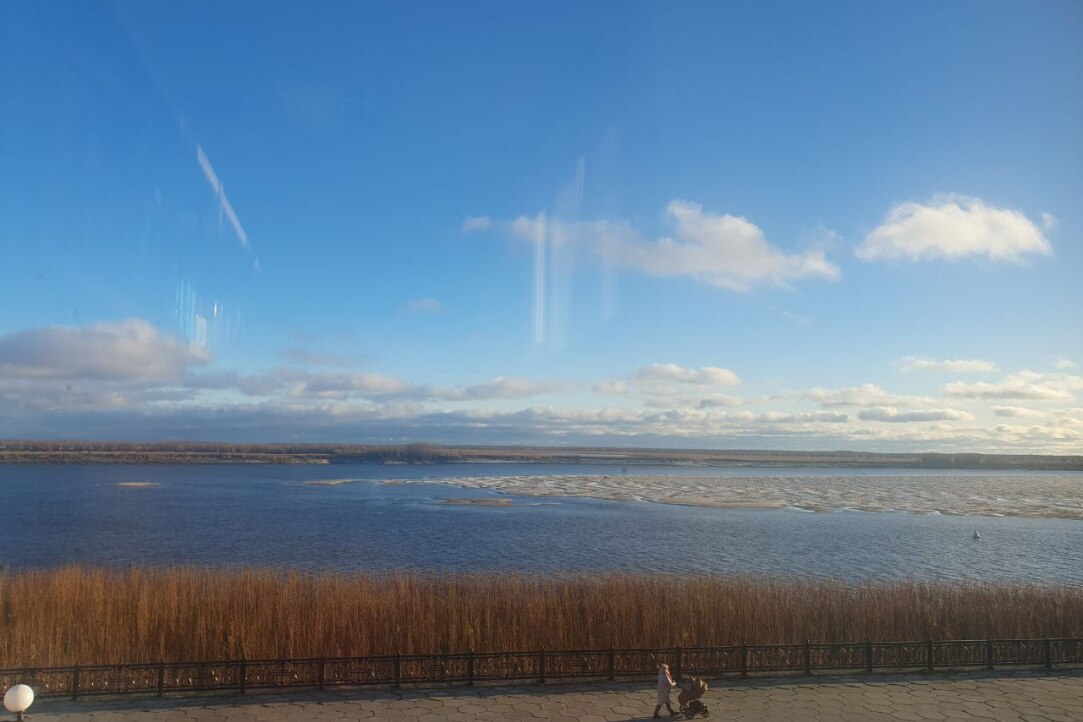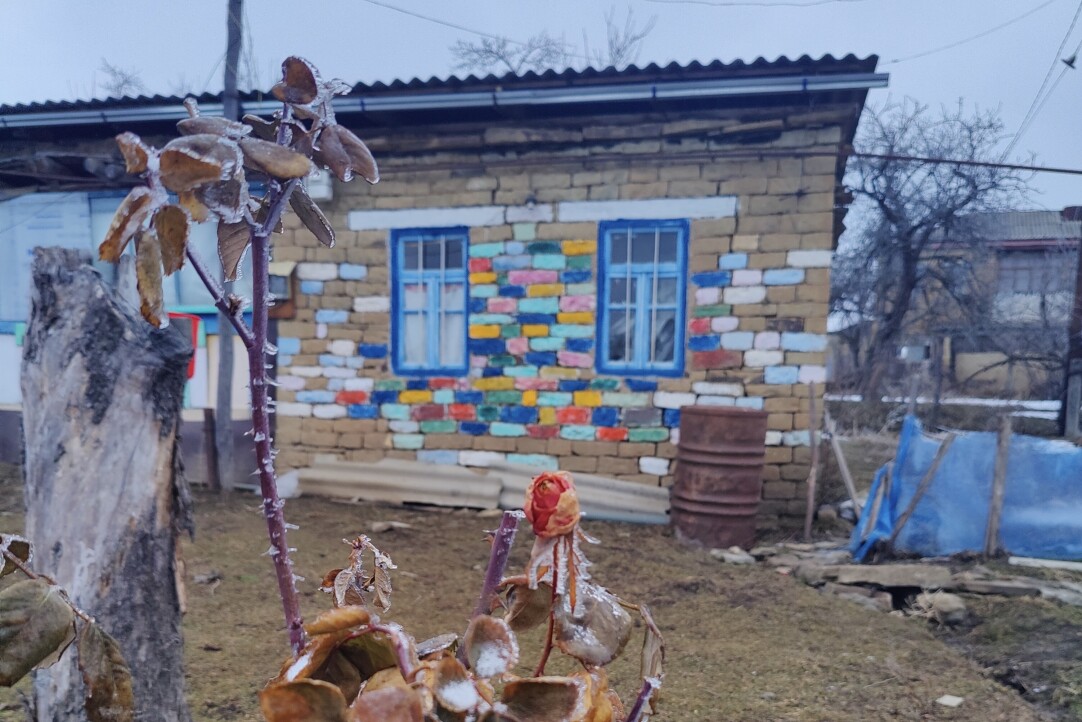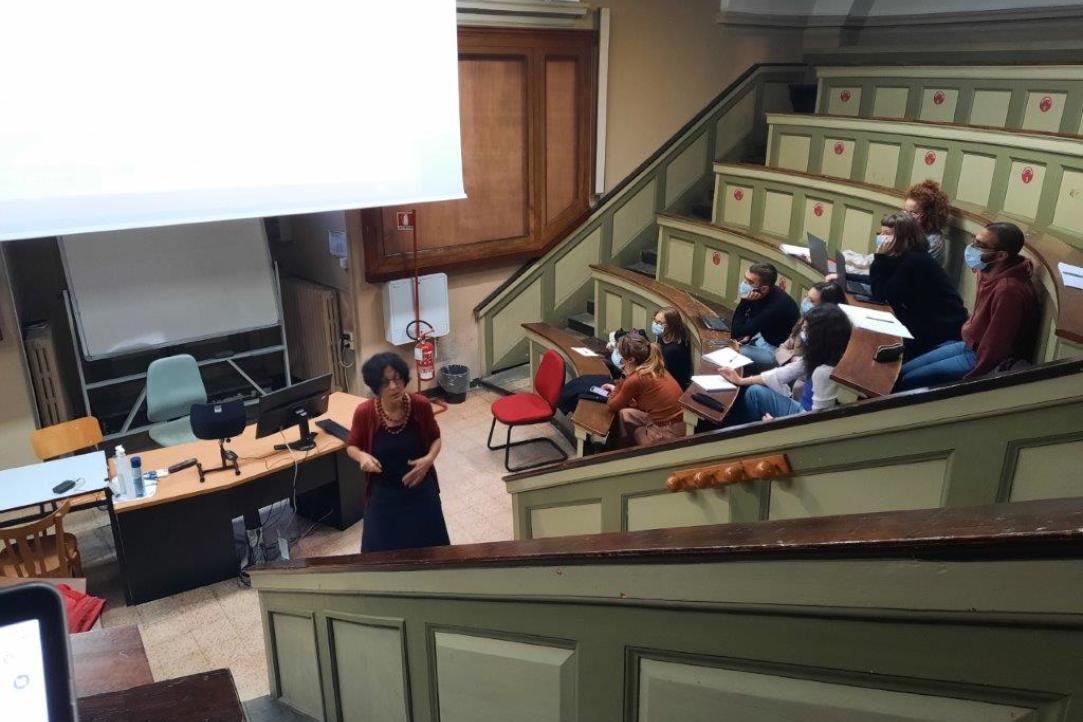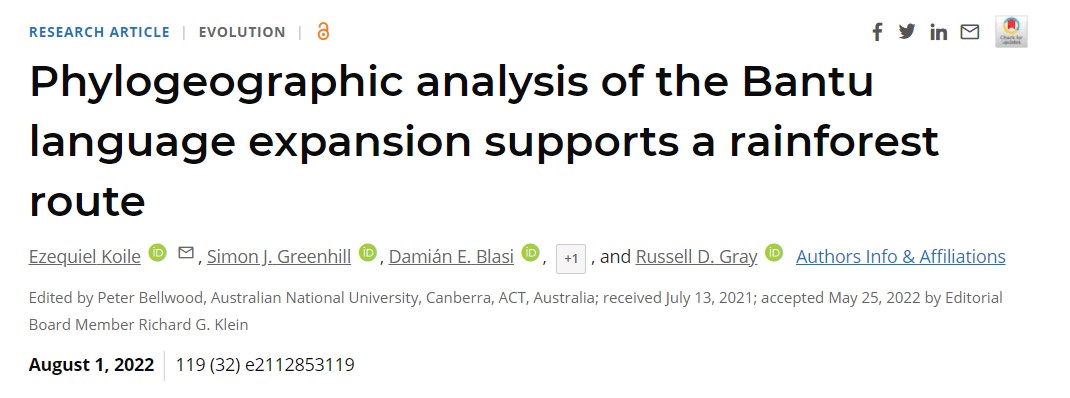About the Laboratory
Linguistic Convergence Laboratory opened in 2017. It focuses on processes of convergence in the history of languages, i.e. the processes by which common features spread among languages due to contact between their speakers. The laboratory aims at modelling processes of convergence and developing tools to study these phenomena using data from electronic corpora of spoken language.
new Resources by Linguistic Convergence Laboratory

‘Our Task Is to Promote and Popularise Native Languages’
The Centre for the Study of Native Languages at Dagestan State University (DSU) is actively engaged in researching the many languages spoken by the peoples of Dagestan. The republic has 14 official state languages, many of which have their own dialects and varieties. Scholars from Dagestan plan to adopt corpus-based methods of linguistic research used at HSE University and intend to collaborate with HSE’s Linguistic Convergence Laboratory. The HSE News Service spoke with the centre’s Director, Prof. Marina Gasanova, who is currently undertaking a research placement at HSE University.

HSE Doctoral Student Awarded for Best PhD Presentation at 58th Societas Linguistica Europaea Conference
From August 26–29, 2025, the largest annual linguistics conference, Societas Linguistica Europaea, took place in Bordeaux, France. Doctoral students and researchers from HSE University took part in the event. The paper ‘Lability Drift in Modern Aramaic languages’ by Elena Shvedova was highly praised by the expert community and took first place among PhD student presentations. In an interview with the HSE News Service, Elena Shvedova spoke about her research and the conference itself.

Ob-Ugric Field Trip and New Bilingual Corpora
n November 2023, as part of the postdoctoral program and the DIAL2 laboratory project, Natalia Koshelyuk traveled to the Ob-Ugrian region to collect new field data. The city of Khanty-Mansiysk was chosen as the primary location, and the focus of the study was the Russian speech of the Mansi and Khanty people.

The Tsnal Lezgi spoken corpus has been published
A new electronic resource has been created at the Linguistic Convergence Laboratory — the spoken corpus of the Tsnal variety of Lezgi.

News from the fields on Lake Velyo: the fourth trip of the Society of Field Linguists took place
On October 1-2, the fourth retreat seminar of the Society of Field Linguists took place, organized jointly by the staff of the Linguistic Convergence Laboratory and the Institute for Linguistic Studies (RSA).

TALD (Typological Atlas of the Languages of Daghestan) v. 1.0.0 Now Public
The Linguistic Convergence Laboratory has released TALD: the Typological Atlas of the Languages of Daghestan. This new resource provides information about linguistic structures that are characteristic of Daghestan, and offers different types of map visualizations to illustrate the geographical and genealogical distribution of features.
Linguistic Convergence Laboratory invites applications for postdoctoral research positions
Linguistic Convergence Laboratory invites applications for postdoctoral research positions in the field of language contact; language corpora; linguistic typology; sociolinguistics; languages of the Caucasus; languages of Russia.
In 2021, members of the Linguistic Convergence Laboratory published three articles on the Russian language in Dagestan
Dagestan is a relatively new territory for the spread of the Russian language. At the end of the 19th century, very few people spoke Russian here. In addition to indigenous languages, which Dagestan is very rich in (linguists count more than forty languages in this small territory), local people spoke Azerbaijani, Georgian, Chechen and Arabic. But there has never been a language common for all residents of Dagestan (the language of interethnic communication or lingua franca). Russian became the first such language for Dagestan.

Members of the Linguistic Convergence Laboratory Michael Daniel and Nina Dobrushina gave two lectures each at the University of Pavia
On November 3-5, the members of the Linguistic Convergence Laboratory Michael Daniel and Nina Dobrushina gave two lectures each at the University of Pavia.

